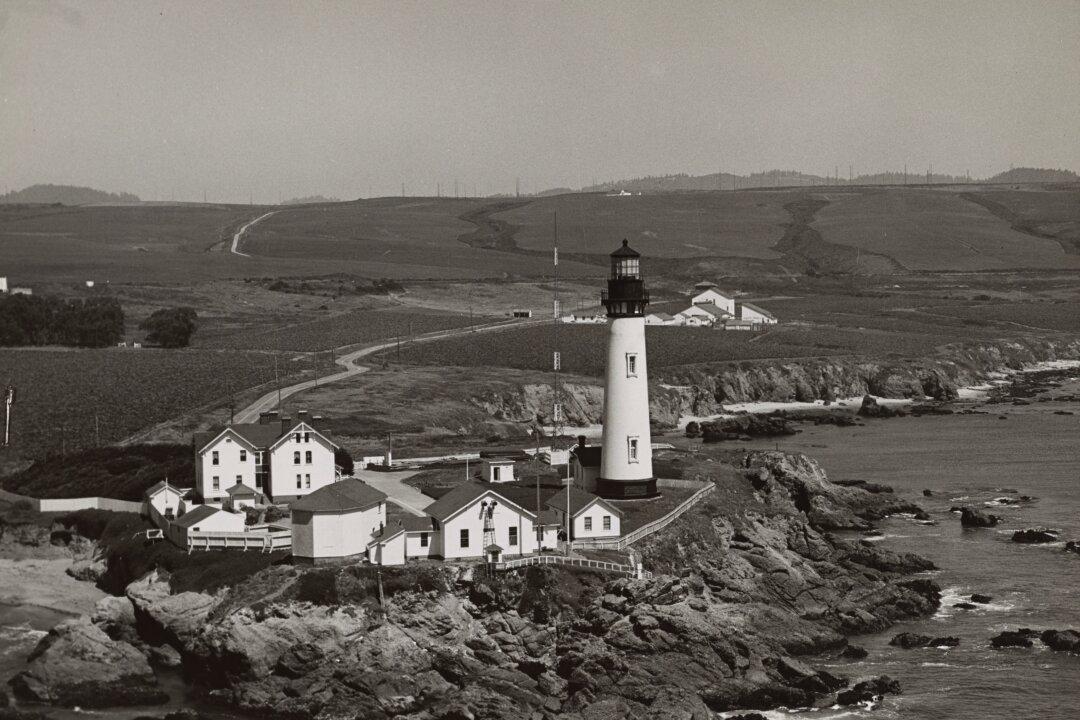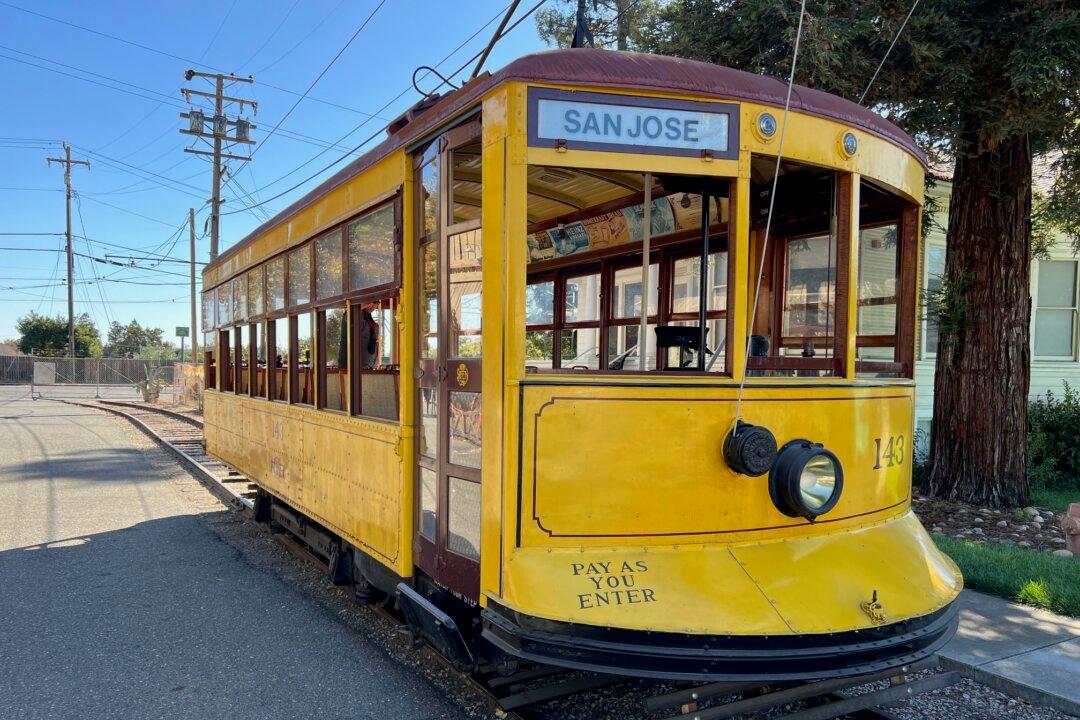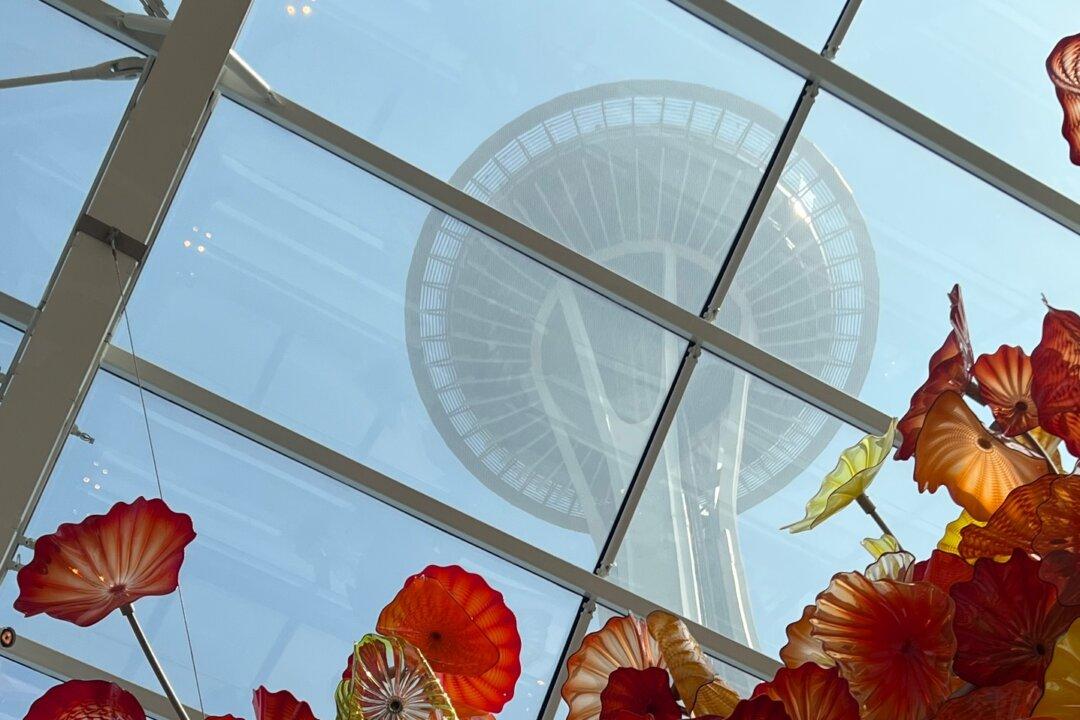In 1896, a journalist for the San Francisco Call reported that keepers at California’s Pigeon Point Lighthouse were perplexed. Visitors often made repeat visits up the tower’s spiral staircase to view the lamp.
“This is a mystery to the keepers,” wrote the journalist, “who fail to see what the visitors can find to interest them after they have been there once.”





